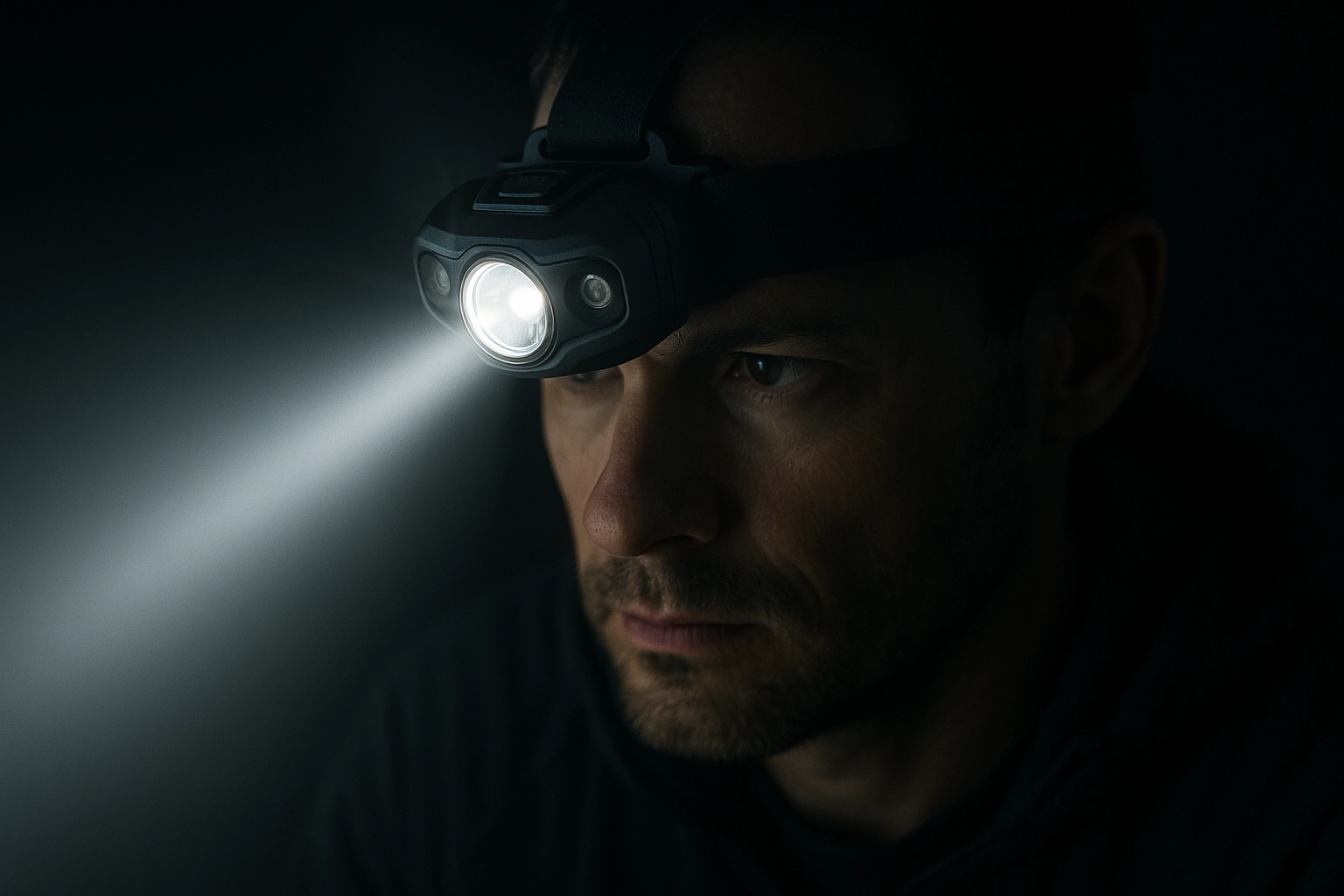SAE J578a – Chromaticity Testing for Headlamp and Signal Lamps
The SAE J578a standard is a critical component in ensuring the quality, safety, and compliance of automotive lighting systems. This standard specifies requirements for measuring chromaticity and color temperature of headlamps and signal lamps to ensure they meet global regulatory standards.
Chromaticity testing is essential because it allows manufacturers and suppliers to verify that their products comply with stringent light emission regulations set by various authorities worldwide, such as the European Commission's ECE R92/103 and the U.S. Federal Motor Vehicle Safety Standards (FMVSS).
The process begins with thorough preparation of the lamps or headlamps to be tested. This involves cleaning the lenses and ensuring that all reflective surfaces are free from contaminants or imperfections, as even minor dirt can affect chromaticity readings.
Testing typically takes place in a darkroom environment where the color temperature and chromaticity values are recorded using specialized spectrophotometers and photometers. These instruments measure the light output by analyzing its spectral power distribution (SPD) and converting it into correlated color temperatures (CCT) and x, y coordinates on the CIE 1931 color space.
The measured results are then compared against specified acceptance criteria outlined in SAE J578a. These criteria ensure that the light emitted by headlamps and signal lamps falls within acceptable boundaries to avoid glare or excessive brightness, which could impair visibility for drivers and pedestrians alike.
For automotive manufacturers, this testing process is not just about meeting legal requirements but also enhancing brand reputation through product reliability and safety. By adhering strictly to SAE J578a standards, companies can demonstrate their commitment to producing high-quality lighting solutions that contribute positively to road safety.
In addition to compliance with regulations, chromaticity testing plays a crucial role in optimizing the design of headlamps and signal lamps for aesthetic purposes. Automotive designers often aim to create visually appealing yet functional headlights and indicators without compromising on brightness or visibility.
Industry Applications
The SAE J578a standard finds extensive application across the automotive industry, particularly in three key areas:
- Lighting Design and Development: Automotive manufacturers and R&D teams use chromaticity testing to refine their lighting designs. By ensuring that new headlamp concepts meet SAE J578a criteria, they can effectively balance aesthetic appeal with functional performance.
- Manufacturing Quality Control: During production, quality assurance departments employ this standard to monitor the consistency of light output from batch-produced lamps. Non-compliance alerts can be used for corrective actions and process improvements.
- Purchasing Compliance Verification: Procurement teams rely on SAE J578a testing results when selecting suppliers. This ensures that all purchased components comply with international standards, reducing the risk of non-conforming products entering the supply chain.
Eurolab Advantages
At Eurolab, we pride ourselves on offering comprehensive and accurate SAE J578a testing services. Our facilities are equipped with state-of-the-art spectrophotometers capable of measuring chromaticity down to the nanometer level, ensuring precision and reliability.
- Accreditation: Eurolab is ISO/IEC 17025 accredited, guaranteeing that our testing meets international standards for technical competence.
- Experience: With years of experience in automotive lighting testing, we have developed a deep understanding of the nuances involved in this specialized field.
- Expertise: Our team includes experts who stay updated with the latest developments and updates to SAE J578a standards.
- Comprehensive Reporting: We provide detailed reports that not only outline test results but also offer insights into potential improvements or areas of concern for future product development.
Environmental and Sustainability Contributions
The rigorous testing mandated by SAE J578a contributes significantly to environmental sustainability efforts within the automotive industry. By ensuring that headlights and signal lamps emit light efficiently without unnecessary glare or excessive brightness, these tests help reduce energy consumption.
Inefficient lighting can lead to increased fuel consumption as vehicles compensate for poor visibility conditions caused by overbright headlamps. Moreover, compliant designs contribute to reduced emissions, aligning with broader sustainability goals set forth by environmental bodies and governments globally.
Furthermore, the use of SAE J578a ensures that automotive lighting systems are designed to have longer lifespans, reducing waste associated with frequent replacements due to premature failure. This aligns well with sustainable manufacturing practices advocated by industry leaders and regulatory bodies alike.





